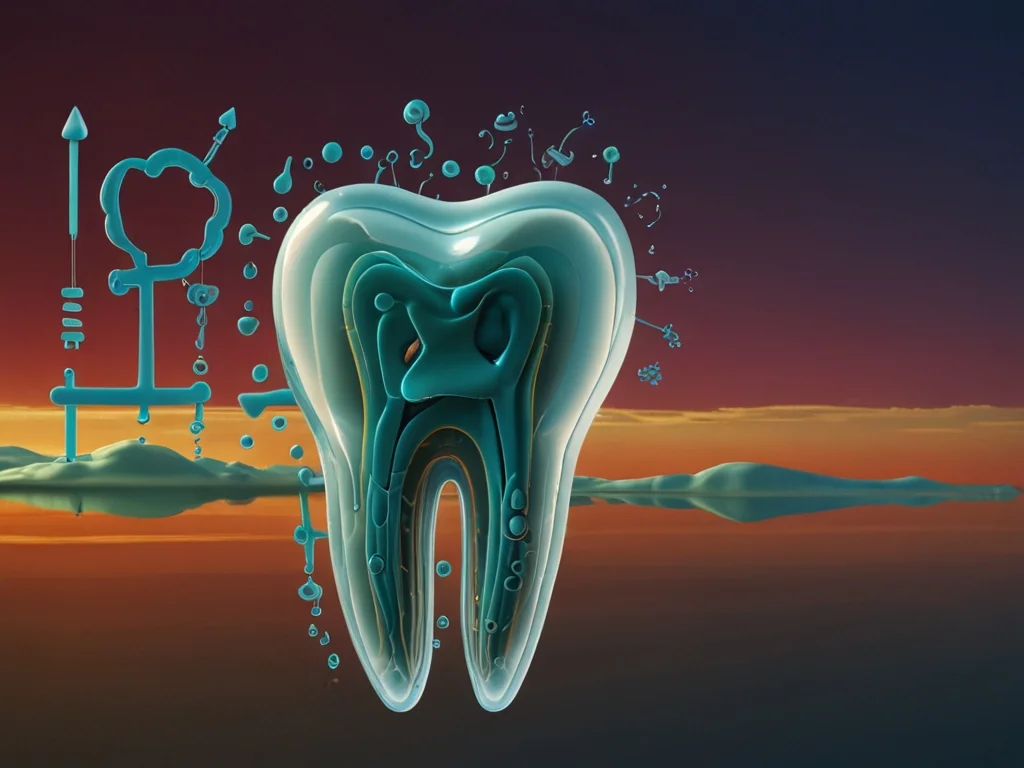Mushroom gummies are fast becoming a popular health supplement, celebrated for their unique combination of nutritional benefits and convenience. By integrating powerful fungi into a chewable format, mushroom gummies provide a tasty and accessible way to improve overall wellness. This article dives into the core aspects of mushroom gummies, their benefits, how they differ from other mushroom supplements, and the best practices for incorporating them into your daily routine.
What Are Mushroom Gummies?
Mushroom gummies are edible supplements made by infusing various mushroom extracts, including reishi, lion’s mane, and chaga, into a gummy format. These types of mushrooms have been used in traditional medicine for centuries, known for their immune-boosting, cognitive-enhancing, and anti-inflammatory properties. By creating gummies with these mushrooms, manufacturers have provided consumers with a way to enjoy the benefits of medicinal mushrooms without the bitterness often associated with traditional forms.
Benefits of Mushroom Gummies
1. Boosts Immune System Health
Mushrooms such as reishi and turkey tail are packed with polysaccharides, which are complex carbohydrates that enhance immune response. These mushrooms promote white blood cell activity, essential in defending the body against infections and diseases. Regular consumption of mushroom gummies can help support immune system resilience, especially during cold and flu season.
2. Supports Mental Clarity and Focus
Lion’s mane mushroom, a key ingredient in many mushroom gummies, is celebrated for its potential in improving cognitive functions. Lion’s mane contains compounds like hericenones and erinacines that may stimulate nerve growth factor (NGF) production in the brain. NGF is crucial for the growth and maintenance of neurons, promoting mental clarity, enhanced focus, and even improved memory.
3. Enhances Energy Levels and Reduces Fatigue
Cordyceps mushrooms, often found in mushroom gummies, are revered for their energy-boosting properties. These mushrooms can increase oxygen utilization and ATP production in cells, which leads to heightened stamina and reduced fatigue. They are particularly popular among athletes and individuals with active lifestyles.
4. Promotes Gut Health
Many mushroom gummies also include chaga mushroom, which is known for its anti-inflammatory properties and antioxidant-rich profile. This helps protect the lining of the digestive tract and promotes a balanced gut microbiome, essential for digestion and overall well-being. Regular intake may reduce inflammation in the gut and support smoother digestion.
5. Adaptogenic Support for Stress Relief
Certain mushrooms like reishi are considered adaptogens, meaning they help the body adapt to physical and mental stress. Reishi mushroom can calm the nervous system, potentially reducing anxiety, and promoting a state of relaxation, making mushroom gummies with reishi a preferred choice for those managing stress.
Popular Types of Mushrooms in Gummies
Mushroom gummies often feature a blend of several mushrooms to provide a broad range of health benefits. Here are some of the most popular varieties:
1. Reishi Mushroom
Known as the “mushroom of immortality,” reishi has a long history of use for its immune-boosting and calming effects. It’s particularly popular in gummies aimed at stress relief and immune health.
2. Lion’s Mane Mushroom
Celebrated for its potential brain-boosting benefits, lion’s mane is a go-to for enhancing cognitive functions. This mushroom is often found in gummies marketed for focus, mental clarity, and memory support.
3. Cordyceps Mushroom
Cordyceps is known for its ability to boost energy and combat fatigue. Gummies with cordyceps are ideal for those who want natural energy support, especially for athletic performance.
4. Chaga Mushroom
Chaga mushrooms are loaded with antioxidants, helping to neutralize free radicals and protect the body from oxidative stress. Chaga is often included in gummies for gut health and overall immune support.
5. Turkey Tail Mushroom
Turkey tail mushrooms are particularly beneficial for immune system support, containing polysaccharopeptides (PSP) and polysaccharides that enhance immune response. These gummies are popular for their unique immune-modulating properties.
How Mushroom Gummies Compare to Other Mushroom Supplements
Mushroom gummies have a few distinct advantages over other forms of mushroom supplements like capsules, powders, or teas.
Ease of Consumption
Gummies are easy to consume and do not require water or preparation. This makes them ideal for those who prefer a simple, on-the-go solution for their health supplements.
Taste
Traditional mushroom powders and capsules often have an earthy taste that some find unappealing. Mushroom gummies, on the other hand, are flavored to mask the taste of mushrooms, making them a pleasant option for those new to medicinal mushrooms.
Absorption Rate
The gummy format allows the body to digest and absorb the nutrients more quickly than capsules, where the body must break down the capsule before accessing the nutrients. Gummies may therefore provide a faster release of active compounds, especially if taken on an empty stomach.
How to Choose High-Quality Mushroom Gummies
When selecting mushroom gummies, it’s essential to look for products made from high-quality ingredients and processed under stringent standards. Here are some tips for choosing the best mushroom gummies:
1. Look for Organic Certification
Opt for gummies made from organic mushrooms, which ensures the mushrooms are grown without pesticides, herbicides, or synthetic fertilizers. Organic products are generally higher in quality and provide cleaner nutrition.
2. Check for Third-Party Testing
Choose products that are third-party tested for purity and potency. Third-party testing guarantees the supplement’s authenticity, ensuring it is free from contaminants like heavy metals, toxins, or fillers.
3. Verify Extracts Over Mycelium
Gummies that use fruiting body extracts rather than mycelium on grain are preferable. The fruiting body is the actual mushroom, while the mycelium is the root system. Fruiting bodies typically have a higher concentration of beneficial compounds.
4. Review Active Compounds
Look for clear labeling on active compounds, such as beta-glucans or triterpenoids. These compounds are responsible for the health benefits of mushrooms, and quality brands will disclose their concentrations.
5. Avoid Artificial Additives
High-quality mushroom gummies are free from artificial colors, flavors, or preservatives. Natural ingredients are better absorbed and generally safer for long-term consumption.
Incorporating Mushroom Gummies into Your Daily Routine
For optimal results, it’s essential to integrate mushroom gummies into your daily wellness routine. Here are some recommendations on how to do so:
1. Start with a Low Dose
If you’re new to mushroom supplements, start with the recommended dosage on the label, which typically ranges from one to two gummies daily. After a few weeks, you can assess how your body responds and increase the dose if needed.
2. Pair with a Balanced Diet
Although mushroom gummies provide valuable nutrients, they work best when combined with a balanced diet rich in fruits, vegetables, lean proteins, and whole grains. A healthy diet complements the effects of mushroom gummies, amplifying their benefits.
3. Timing for Maximum Benefit
Taking mushroom gummies in the morning may provide a natural energy boost for the day, particularly those with cordyceps. For calming effects, such as from reishi, consider taking gummies in the evening to support relaxation and improved sleep quality.
Potential Side Effects and Precautions
While mushroom gummies are generally safe for most people, some may experience mild side effects. These can include digestive discomfort or mild allergic reactions. If you’re pregnant, breastfeeding, or have a medical condition, consult a healthcare provider before adding mushroom gummies to your routine. Those with mushroom allergies should avoid these gummies.
Conclusion
Mushroom gummies are an innovative way to reap the health benefits of medicinal mushrooms without the need for traditional pills or powders. With their convenience, pleasant taste, and potential for enhanced cognitive and immune health, these gummies are a versatile addition to any wellness routine. Whether you’re aiming to boost your immune system, improve mental clarity, or support your gut health, mushroom gummies provide a user-friendly option to elevate your well-being.

 Blog9 months ago
Blog9 months ago
 Sports10 months ago
Sports10 months ago
 Games10 months ago
Games10 months ago
 Tech8 months ago
Tech8 months ago
 Tech9 months ago
Tech9 months ago
 App10 months ago
App10 months ago
 Entertainment9 months ago
Entertainment9 months ago
 Sports10 months ago
Sports10 months ago



